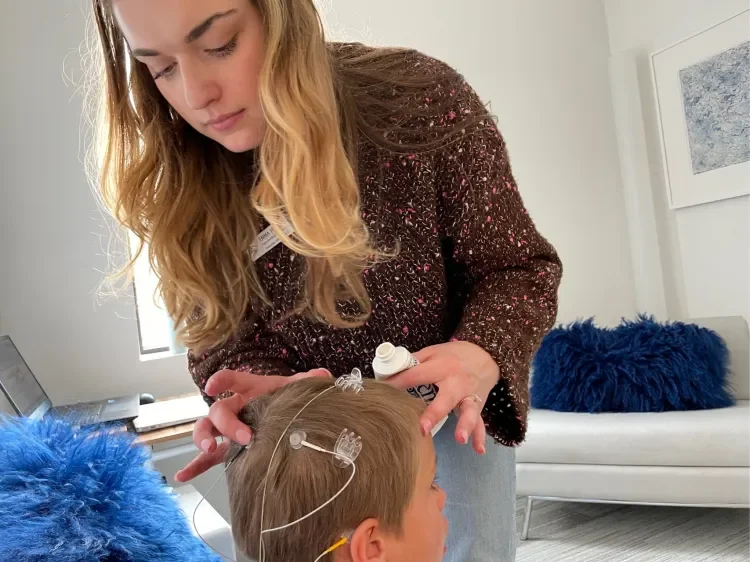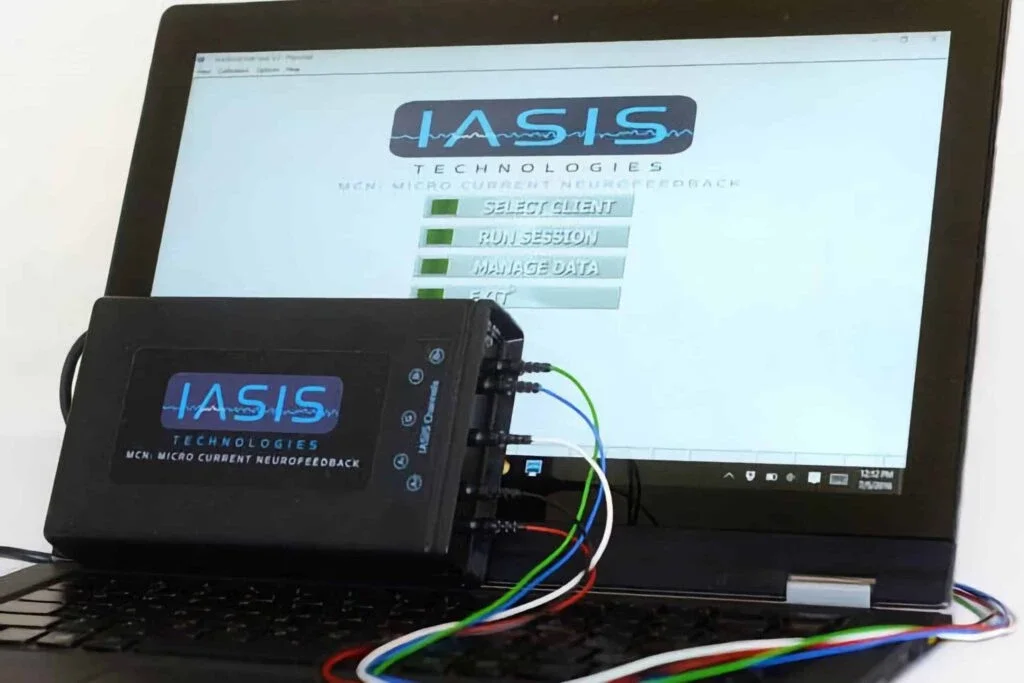Microcurrent Neurofeedback in Tampa: A Parent’s Guide
Microcurrent neurofeedback is an innovative therapeutic approach gaining attention for its potential to help children with various mental health and developmental challenges. As a parent, exploring this option for your child can be both exciting and overwhelming. Understanding how microcurrent neurofeedback works, its benefits, and the process involved can empower you to make informed decisions about your child's mental health care. At Christian Counseling of Tampa, we offer this cutting-edge therapy to support children's growth and well-being.
Choosing the right therapeutic approach for your child can be daunting, especially with the myriad of options available. Microcurrent neurofeedback stands out for its non-invasive nature and the promising results it has shown in improving focus, reducing anxiety, and supporting emotional regulation in children. If you're considering this therapy, learning about the specific benefits and the process can be invaluable. For more information on how this therapy integrates with other approaches, you might explore our child therapy services to see how we can support your child's journey.
As you explore the possibilities, it's essential to consider how microcurrent neurofeedback fits into your child's overall treatment plan. Collaborating with a therapist who understands your child's unique needs can make a significant difference in outcomes. With that in mind, let's delve deeper into what microcurrent neurofeedback entails.
Understanding Microcurrent Neurofeedback
Microcurrent neurofeedback is a form of therapy that uses gentle electrical currents to stimulate specific areas of the brain. This stimulation aims to enhance the brain's ability to regulate itself, potentially improving mental health conditions like anxiety, ADHD, and autism spectrum disorders. Unlike traditional neurofeedback, which uses visual or auditory feedback, microcurrent neurofeedback directly influences brain activity through low-level electrical pulses.
Parents often find this approach appealing due to its non-invasive nature and the lack of side effects commonly associated with medication. The therapy sessions are usually short, making it easier to fit into a busy family's schedule. Additionally, many children find the process relaxing, as it does not require them to actively participate in the session beyond sitting comfortably.
The early evidence supporting microcurrent neurofeedback is promising, with some studies indicating improvements in focus, emotional regulation, and overall behavior in children. While further research is needed to fully understand its efficacy, many parents and therapists report positive changes in children who undergo this therapy.
Benefits of Microcurrent Neurofeedback for Children
Microcurrent neurofeedback offers several potential benefits that can be particularly advantageous for children. Understanding these benefits can help you determine if this therapy aligns with your child's needs.
Improved Focus and Attention: Children who struggle with attention-related issues may experience enhanced focus and concentration after undergoing this therapy.
Reduced Anxiety: For children dealing with anxiety, microcurrent neurofeedback can help calm their nervous system, leading to a reduction in anxious behaviors.
Enhanced Emotional Regulation: This approach can aid in stabilizing emotions, helping children manage mood swings and emotional outbursts more effectively.
Non-Invasive and Safe: The therapy is non-invasive, with minimal risk of side effects, making it a safer alternative to medication for some children.
Support for Developmental Disorders: It has shown potential in supporting children with developmental disorders, offering a complementary approach to traditional therapies.
These benefits highlight why microcurrent neurofeedback is gaining popularity among parents and therapists alike. By providing a safe and effective way to support mental health, it opens new avenues for growth and development in children.
The Process of Microcurrent Neurofeedback
Understanding the microcurrent neurofeedback process can help you prepare your child for therapy sessions. Typically, the process involves several key steps:
First, your child's therapist will conduct an initial assessment to determine the specific areas where neurofeedback can be most beneficial. This assessment helps tailor the sessions to address your child's unique needs.
During a session, tiny electrodes are placed on the scalp to deliver the microcurrent pulses. These pulses are so gentle that children will not feel anything. The session itself is typically brief, lasting around 30 minutes. Your child will simply sit comfortably while the microcurrents stimulate targeted brain areas.
Regular sessions are usually recommended to achieve optimal results, with many children attending weekly appointments. Over time, you may notice gradual improvements in your child's symptoms and overall behavior, reflecting the therapy's cumulative effect.
Choosing the Right Therapist for Your Child
Selecting a therapist who is experienced in microcurrent neurofeedback is crucial to ensuring the best outcomes for your child. Here are some tips to guide your choice:
Check Credentials: Ensure the therapist is trained and certified in microcurrent neurofeedback therapy.
Experience with Children: Choose someone who has experience working with children, as they will be more attuned to young clients' specific needs.
Therapeutic Approach: Consider a therapist who uses an integrative approach, combining microcurrent neurofeedback with other therapies.
Communication Skills: Opt for a therapist who communicates effectively and makes you and your child feel comfortable.
Track Record: Look for a therapist with positive reviews or testimonials from other parents.
By keeping these factors in mind, you can find a therapist who will effectively support your child's mental health journey, fostering a positive therapeutic experience.
Preparing Your Child for Therapy Sessions
Preparing your child for microcurrent neurofeedback sessions can help them feel more at ease and open to the process. Here are some strategies to consider:
Begin by explaining the therapy in simple terms, emphasizing that it's a safe and painless process. You might say it's like giving the brain a gentle nudge to work better. Encourage your child to ask questions, and answer them honestly to alleviate any concerns.
Establishing a routine can also help. Schedule sessions at a consistent time and create a calming pre-session ritual, such as reading a favorite book or listening to soothing music. This consistency can make the experience feel familiar and reassuring.
Additionally, celebrate small achievements along the way to encourage your child's engagement with the therapy. Positive reinforcement can boost their confidence and willingness to participate in sessions.
Empowering Your Child's Growth in Tampa
Microcurrent neurofeedback is a promising option for parents seeking innovative solutions for their children's mental health needs. At Christian Counseling of Tampa, we are dedicated to providing this therapy through in-person therapy at our North and South Tampa locations, offering a supportive environment for children to thrive.
Taking the step to integrate microcurrent neurofeedback into your child's care can be transformative. With the right support and guidance, your child can experience meaningful improvements in focus, emotional regulation, and overall well-being. Contact us today to begin this journey with a dedicated therapist who understands your child's unique needs.



